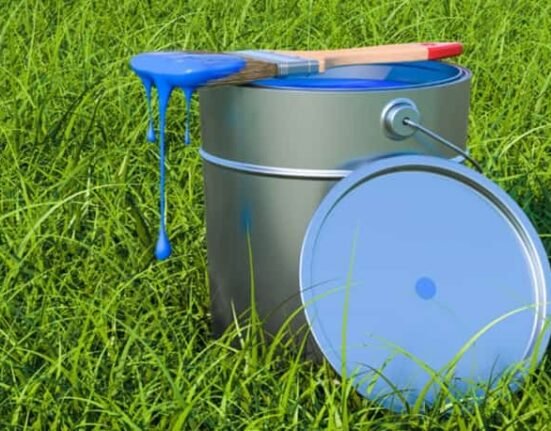The sanding of your wood flooring is a profitable and effective option if you want to upgrade, renew, or restore it. Wood floor refinishing begins with sanding your floors, which is a crucial step before staining, varnishing, polishing, lacquering, or sealing. Cleaning a floor isn’t easy. You’ll need practice, patience, and dedication. An experienced flooring contractor can ensure accurate results if you are not familiar with sanding.
Be sure that you know what you are doing before refinishing your floors on your own if you have woodworking or sanding experience. Be sure to read the instructions and guidelines before you start to sand the floor. Get recommendations and advice from professionals as well. For more information, visit sablagesanspoussiere.net.
Two things need to be done before a new coat of finish is applied to wood flooring. It is first necessary to remove the old coat of finish. Preparing the floors for adhesion is then necessary. Floor sanding is the conventional way of completing both of these steps.
However, floors no longer need to be sanded in order to be refinished. With new refinishing methods, such as the one-of-a-kind N-Hance® process, floors don’t need to be sanded. Therefore, you can avoid creating wood dust while sanding, while refinishing floors that cannot be sanded.
Find out what you need to know about floor sanding and how to get started
Sanding Wood Floors
Sanding wood floors can be done in two ways. Either manual sanding by hand or using sanding equipment is possible. While using floor sanding equipment makes the job easier and faster, manual sanding is an ideal solution for smaller, more complex sanding jobs. Using a sanding block is necessary for manual sanding. Wood or cork blocks are generally used for sanding, and they have a smooth, flat side and a handle on the other side. Hand sanding is made easier and more comfortable by these sandpaper holders. As a result, tactile pressure is relieved, skin irritation is reduced, and longer work sessions are possible.
Large, whole floor sanding jobs are best suited for sanding equipment. Among the sanding equipment options available, there are belt sanders and small pad sanders. Selecting the right device is essential. Floor condition and the material will determine the appropriate tool. In case you are not sure about this, speak with sandpaper professional.
In floor sanding, the grit of the sandpaper is equally important. Sanding heavy surfaces will require coarse sandpaper (grit count 24-36) while finer sandpaper (grit count 60-80) will be needed for more delicate or moderate surfaces.
To achieve optimal results, it is vital to use the right sanding techniques. You should always sand the wood along its grain, otherwise you can leave scratches and uneven appearances on the floors.








